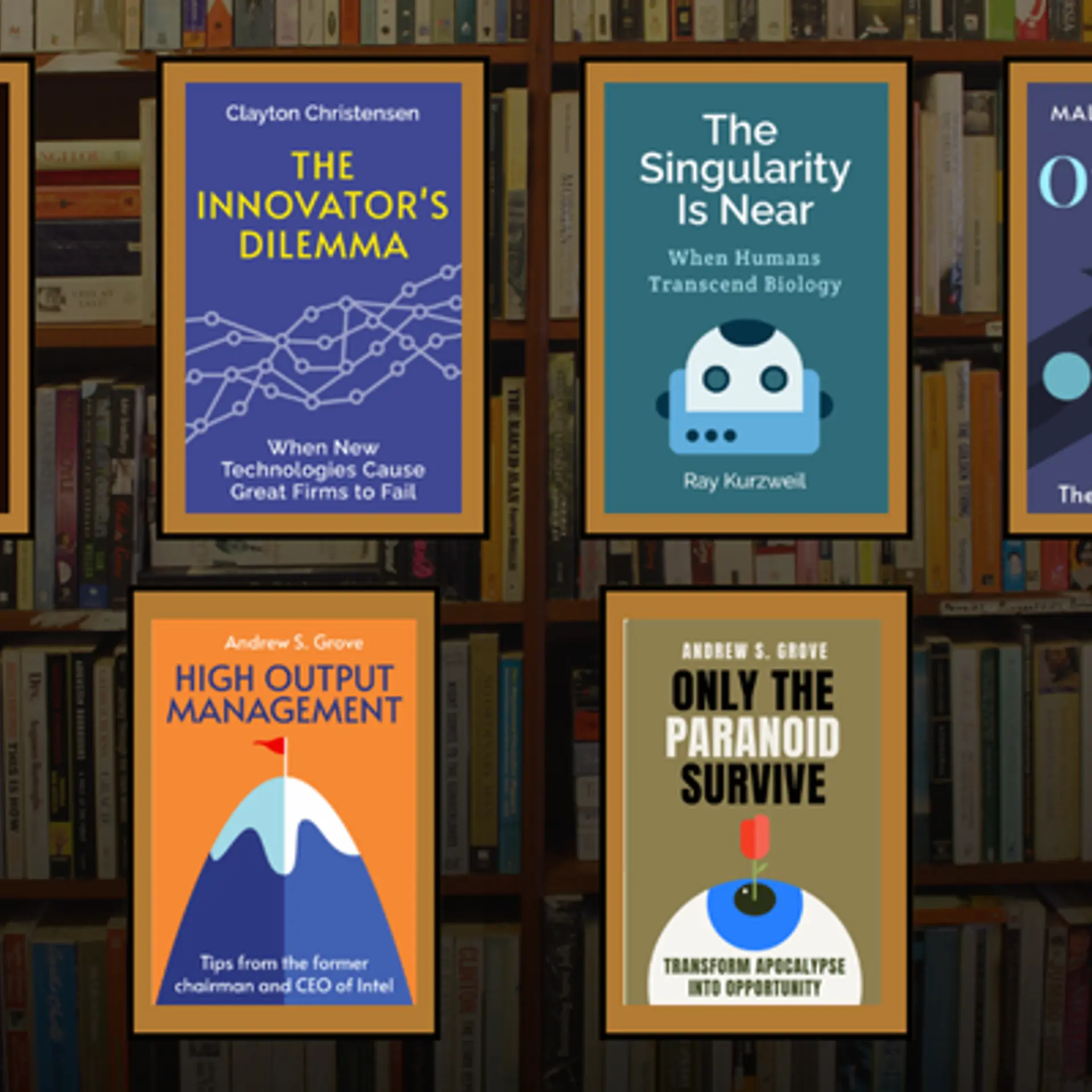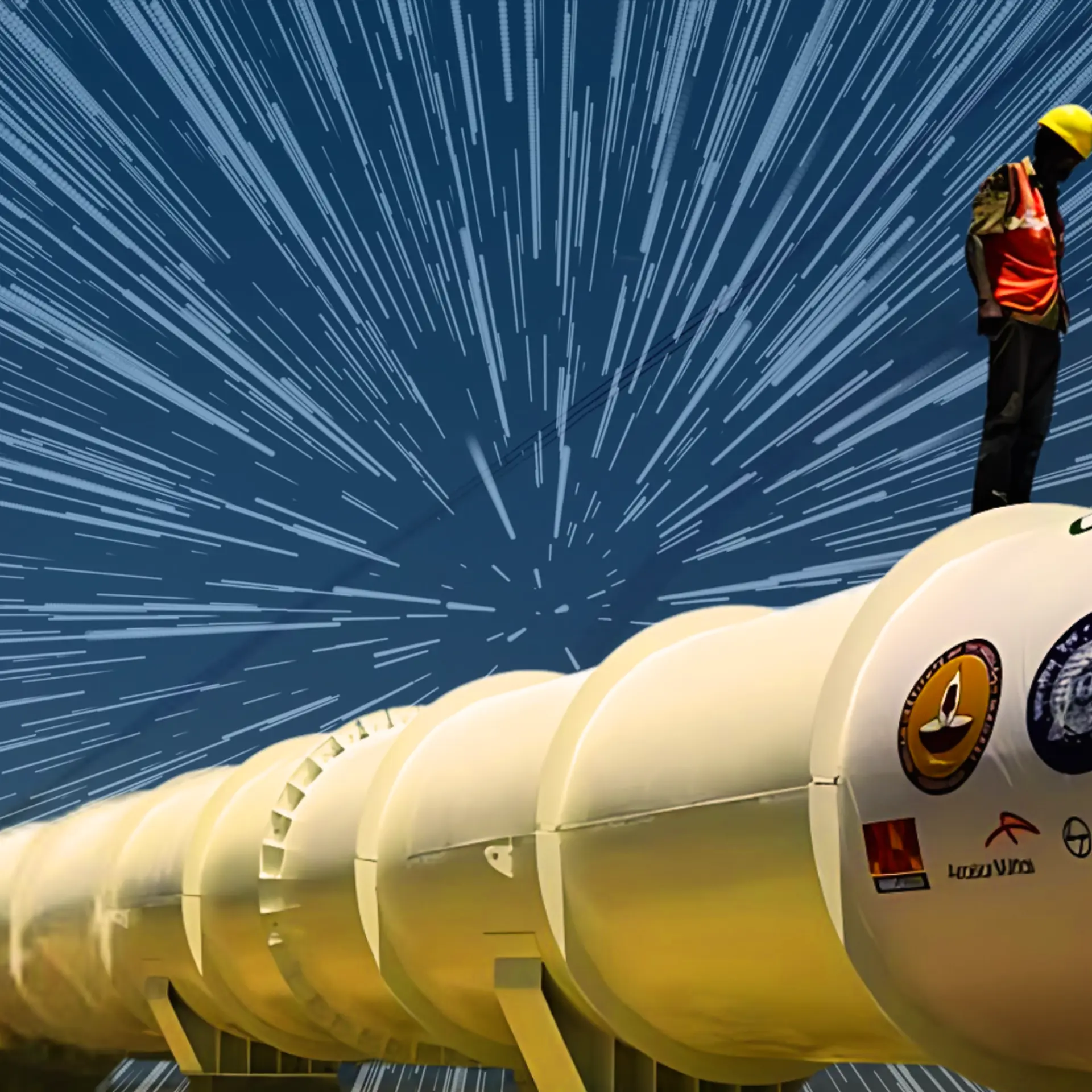India grow at 6.5% in FY10 - Former Reserve Bank of India governor C Rangarajan
Thursday October 22, 2009 , 3 min Read
The Prime Minister’s Economic Advisory Council, headed by former Reserve Bank of India governor C Rangarajan, said it sees gross domestic product (GDP) expanding by 6.5% in 2009-10 as Asia’s third-largest economy keeps a watchful eye on inflation and the fiscal deficit while it emerges from a slowdown. It is unlikely that growth will be lower than 6.25 %, but may reach 6.75%, the panel said in its Economic Outlook for 2009-10 report to Prime Minister Manmohan Singh.
Highlights of Economic Outlook for 2009-10
- The Indian economy weathered the financial turbulence well6.7 % growth in 2008/09 – amongst the highest growth rates in the world.
- well calibrated adjustments in the monetary and fiscal policies
Projected growth 6.5 % in 2009/10 against 6.7 % in 2008/09
Agriculture : -2.0 % (1.6% in 2008/09)
Industry (including construction) : 8.2% (3.9% in 2008/09)
Services: 8.2 % each. (9.7% in 2008/09)
Unlikely that growth will be lower than 6.25 % but may reach 6.75 %.
- Impact of international conditionsRecession, higher household savings and demand contraction in developed economies- adverse for exports growth.
- Encouraging signs of revival of capital flows.
- A further negative shock to the global financial system and global inflation could threaten growth in Indian economy.
- Investment rate unchanged from 2008/09Projected investment rate in 2009/10: 36.5%. Will pick up with improvement in domestic conditions.
- Projected savings rate 34.5% in 2009/10 (33.9% in 2008/09)
- 22.7 % deficiency in the SW monsoon will lower agricultural output Large acreage losses under kharif foodgrain, mainly rice. Rabi prospects good
- Projected food grain production:223 million tonnes in 2009/10 (234 mt in 2008/09)
- Current Account Deficit : - 2.0 % of GDP in 2009/10 ( - 2.6 % in 2008/09) Exports projected at $188.9 billion in 2009/10
- Imports projected at $306 billion in 2009/10
- Projected merchandise trade deficit for 2009/10:$ 117 billion or 9.4 % of GDP.
- Projected net invisibles: $92.2 billion. Service exports & remittances have revived.
- Capital inflows of $57.3 billion in 2009/10 ($9.1 billion in 2008/09)Net accretion to reserves : $31.6 billion ( - $20.1 billion in 2008/09)
- Surge in food inflation 13% annualized increase in overall WPI index and 33% for primary food index in first half of 2009/10. Sharper rise in CPI indices.
- Global inflationary pressures will be high – oil and commodity prices rising
- Inflation in March 2010 expected around 6%
- Improvement in financial conditions – global and domesticRecovery in international loan and equity markets – lower LIBOR/CDS spreads
- Bank credit sluggish till September 2009 but corporate sector raised large amounts from the domestic capital market through debt and equity issuance.
- Calibration of monetary measures will depend on growth and inflationary pressures.
- Serious fiscal strainProjected consolidated fiscal deficit: 10.09% in 2009/10 (8.6% in 2008/09). Higher revenue and primary deficit to persist.
- Debt of centre and states as a ratio of GDP is projected to increase to over 77% in 2009/10
- Need to return to fiscal consolidation
- Some Policy Options – focus on agriculture and power
- Short Term - managing inflation, specially food price inflation Protect and enhance rabi crop.
- Focus on strengthening PDS distribution system
- Medium Term – Farm economy and power Improve farm productivity – use technology optimally
- Imperative need to achieve targets and have an active plan over a time horizon of 15 years for capacity creation in electricity
- Actively explore fuel sources like natural gas and nuclear energy






